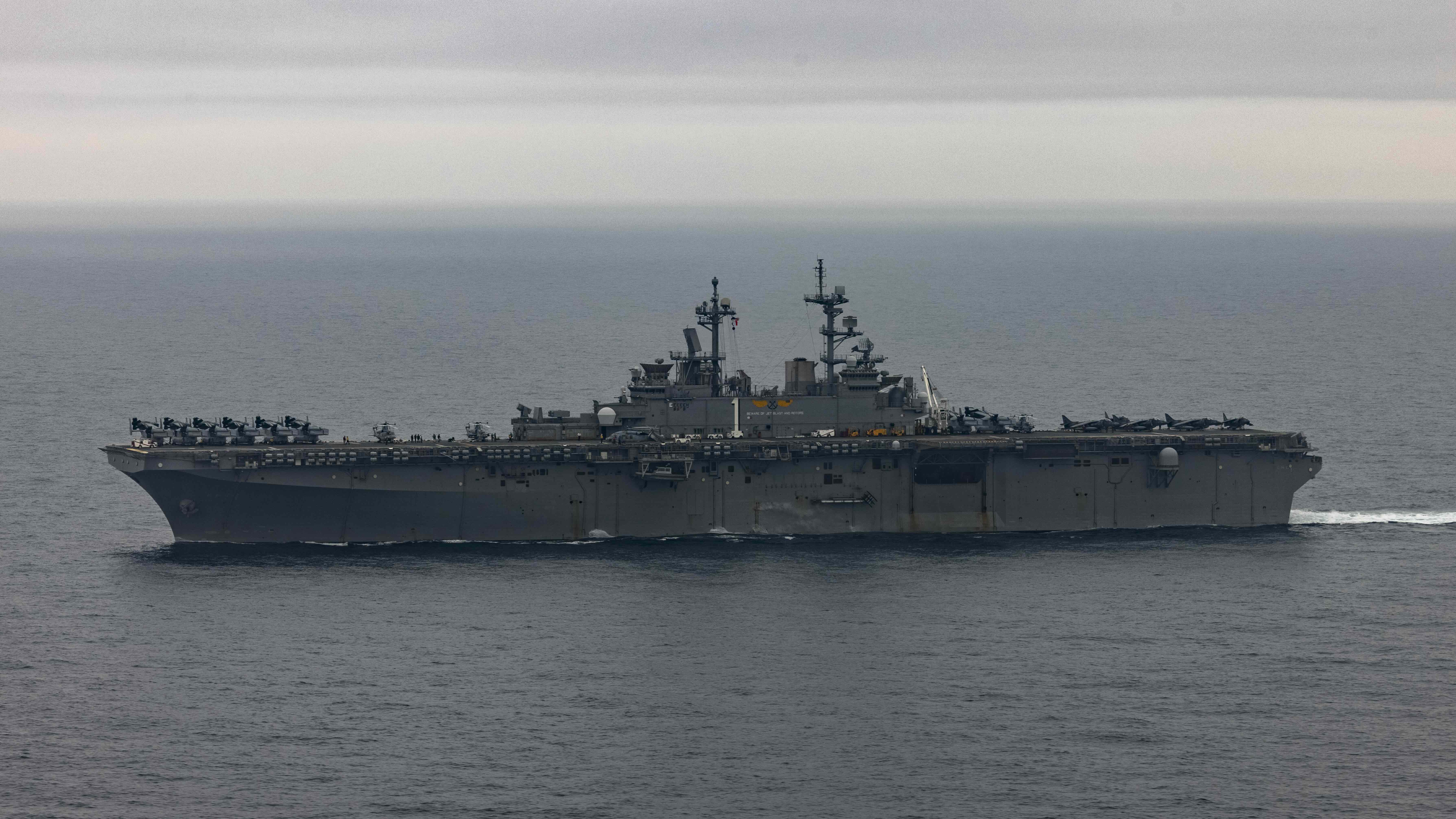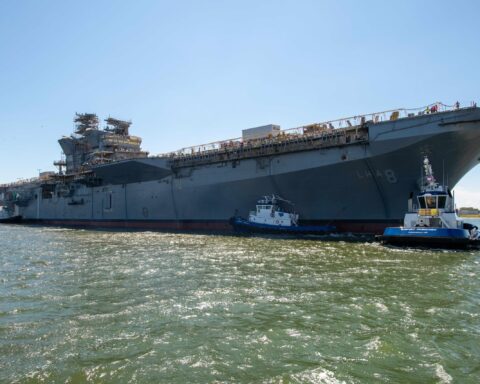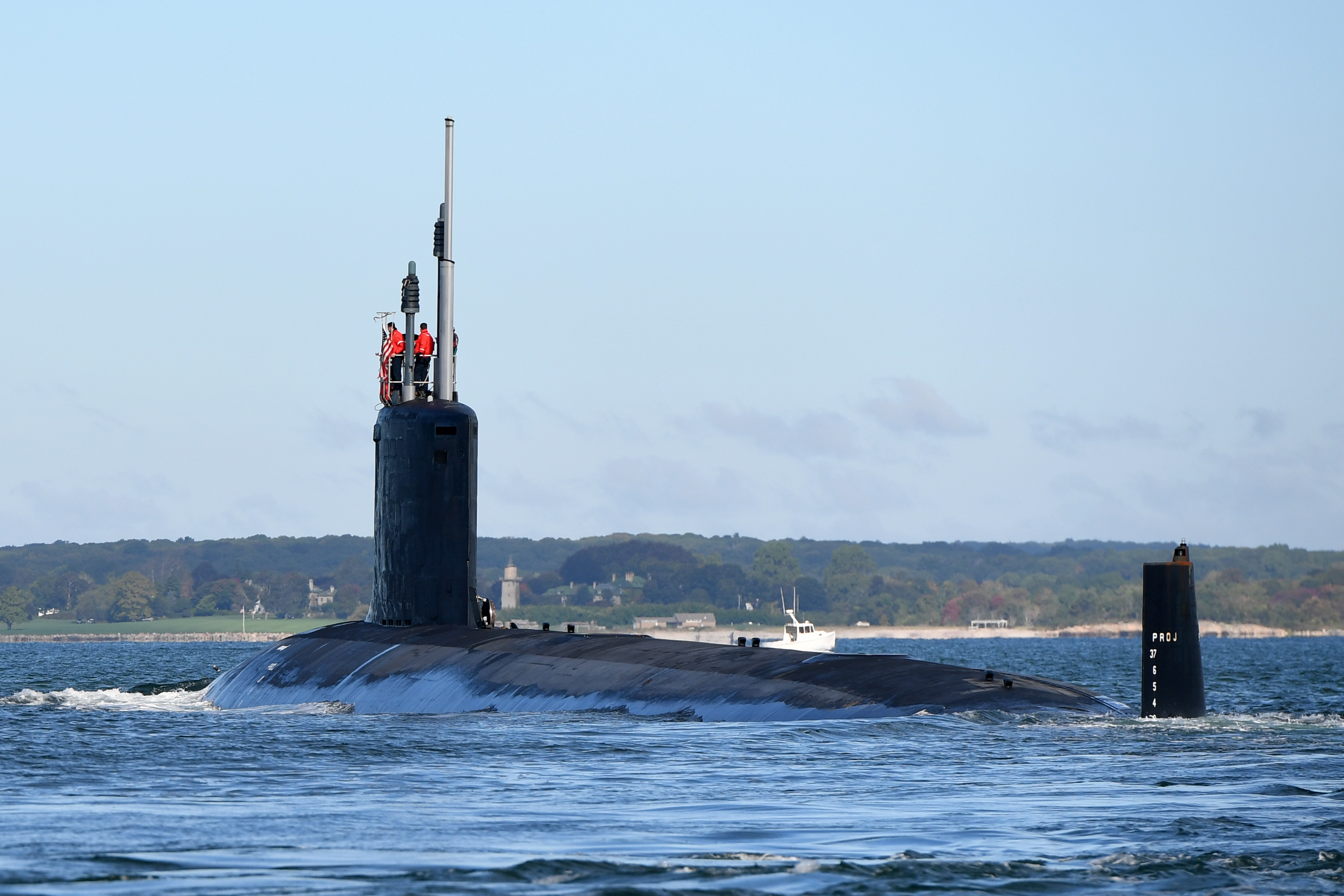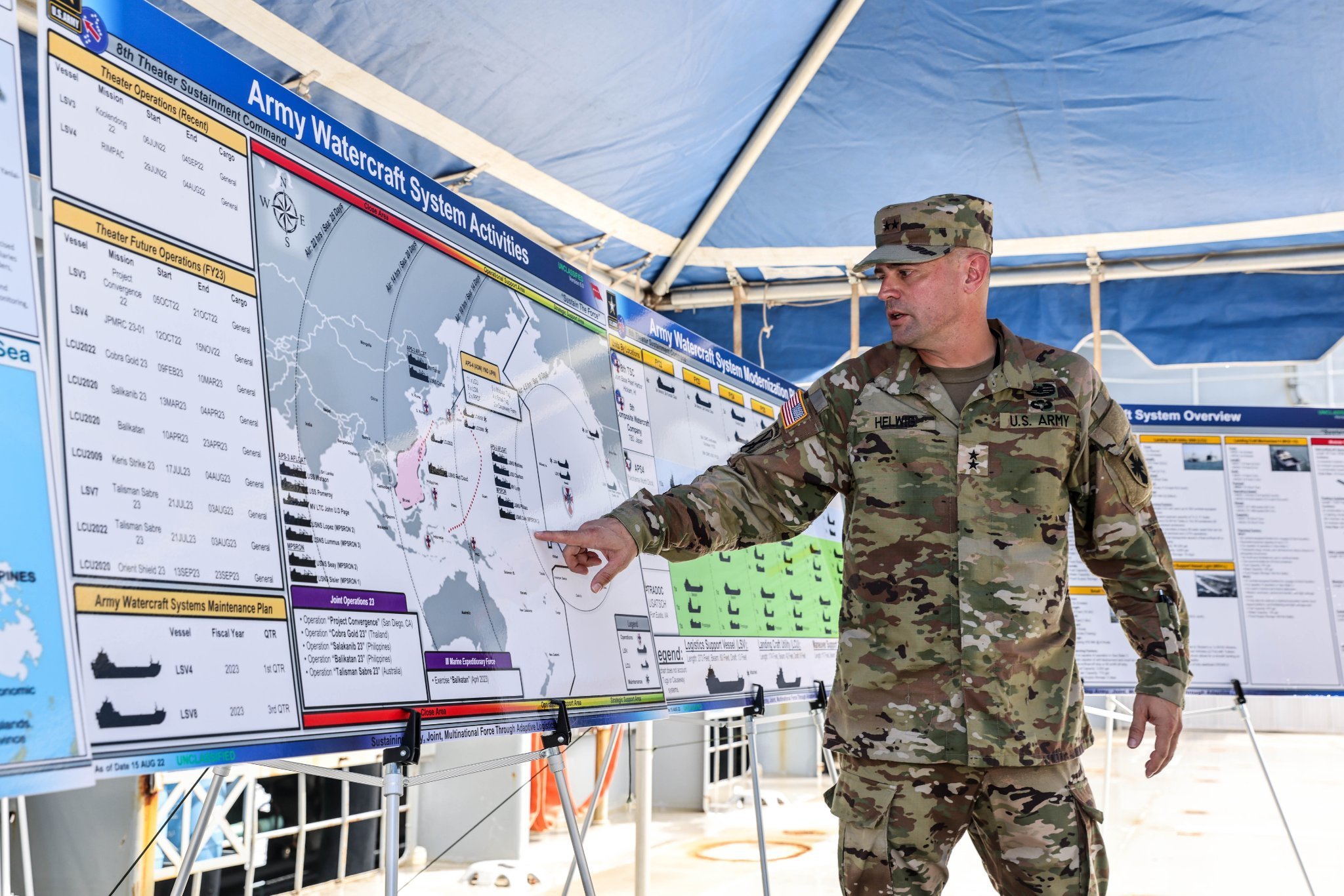
WASHINGTON, D.C. – When asked if he looked forward to having additional watercraft under his command, the commanding general of the Army’s 8th Theater Sustainment Command (TSC) said: “We know that in our exercises, having more capability would really give us flexibility, and a lot of better options,” he said.
Maj. Gen. Helwig is no stranger to watercraft. In 2019, Helwig, who was then a colonel and Army Chief of Transportation, performed ceremonial welds on Elroy F. Wells – the first Maneuver Support Vessel Light – during its keel laying ceremony.
Today, Helwig commands the 8th TSC. Based out of Fort Shafter, Hawaii, it is unique among other Army TSCs because of its forward-based location in the Indo-Pacific, a region in which the Army has been arguing its relevance for the past few years. Helwig focused on the Army’s role in sustaining Indo-Pacific Command in an interview with USNI News during AUSA 2023.
“What the TSC brings to the joint force is the ability to provide fuel, munitions, and all manner of sustainment across these different island chains. We are the only component with an active-duty sustainment structure that’s continually looking at these problems on behalf of the joint force,” he said.
“It’s never only an Army-only capability, it’s really about how we support INDOPACOM and the joint team. Either for HA/DR (humanitarian assistance and disaster relief) operations, where we partner with the Navy and the Air Force, to everything from clearing airports to ports to supplying them with what they need for aircraft or parts or munitions.”
Helwig said the 8th TSC’s ability to conduct logistics command and control and establish distribution centers as one of the most important capabilities that the Army provides to the joint force in the Indo-Pacific. It’s “just not an Army capability,” he said, “it’s a capability that the Joint Force can benefit from. We want to be available on any commodities to support the whole Joint Force.”
The units assets were best when combined with or used in support of other services, such as the Navy and Air Force. Army engineers working with their Navy Seabee counterparts and Army divers clearing obstacles for joint logistics over-the-shore operations, he said.
“There’s plenty of work to be done, and so it’s really important that we holistically look at the whole thing and divide and conquer across all of the components and all of the services.”
Given the vast distances in the region, Helwig said how 8th TSC’s assets, specifically its fleet of General Frank S. Besson–class support vessels, are employed in the Indo-Pacific.
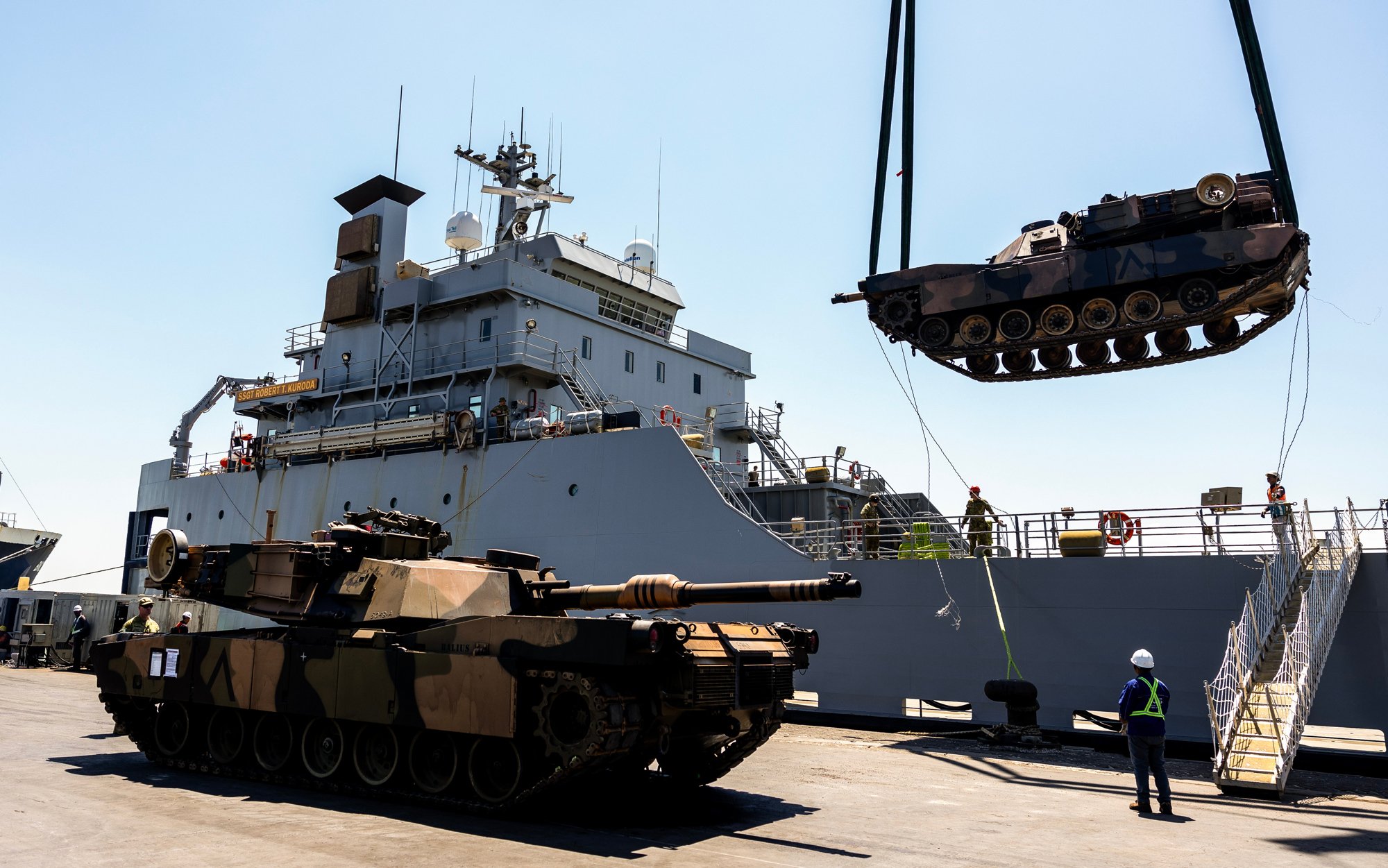
“The Army almost exclusively relies on other services to get to its final destination. But we know, specifically in the Pacific, in INDOPACOM that we have to have the requirements to get from their kind of operational area down to the tactical area. And we have watercraft that are able to do that in the Pacific, we have four LSVs (Logistics Support Vessels) that specifically fall under the TSC for that mission and afford us the opportunity to move particularly into the shallower draft areas or unimproved port facilities that cover most of the region,” he said.
Helwig stated earlier at AUSA that the Army was “tied to the hip” with Transportation Command (TRANSCOM) and “couldn’t do anything without having very open communication and dialogue and daily conversations with them.” He further elaborated on how cooperation with TRANSCOM translated into the field, using a recent exercise in Australia as an example.
“Operation Pathways and Talisman Sabre have really helped us rehearse how we do that, both from moving equipment for the joint force, because it’s not just Army equipment that we would typically put into place on those watercraft, but also how we interface with TRANSCOM and the strategic partners and MSC [Military Sealift Command] to do joint logistics over-the-shore or joint petroleum over-the-shore in the very austere locations that we might have to operate out of in the future.”
One of the austere locations where Army watercraft deployed to in this year’s Operation Pathways was Calayan, Batanes, during Balikatan 2023. In a joint littoral campaign with the Marine Corps and Philippine forces, an Army Runnymede-class large landing craft delivered a HIMARS from the 1st Multi-Domain Task Force onto the island in the Luzon Strait. Helwig confirmed that this was an experiment in using Army watercraft for maneuvering forces instead of their traditional logistical role.
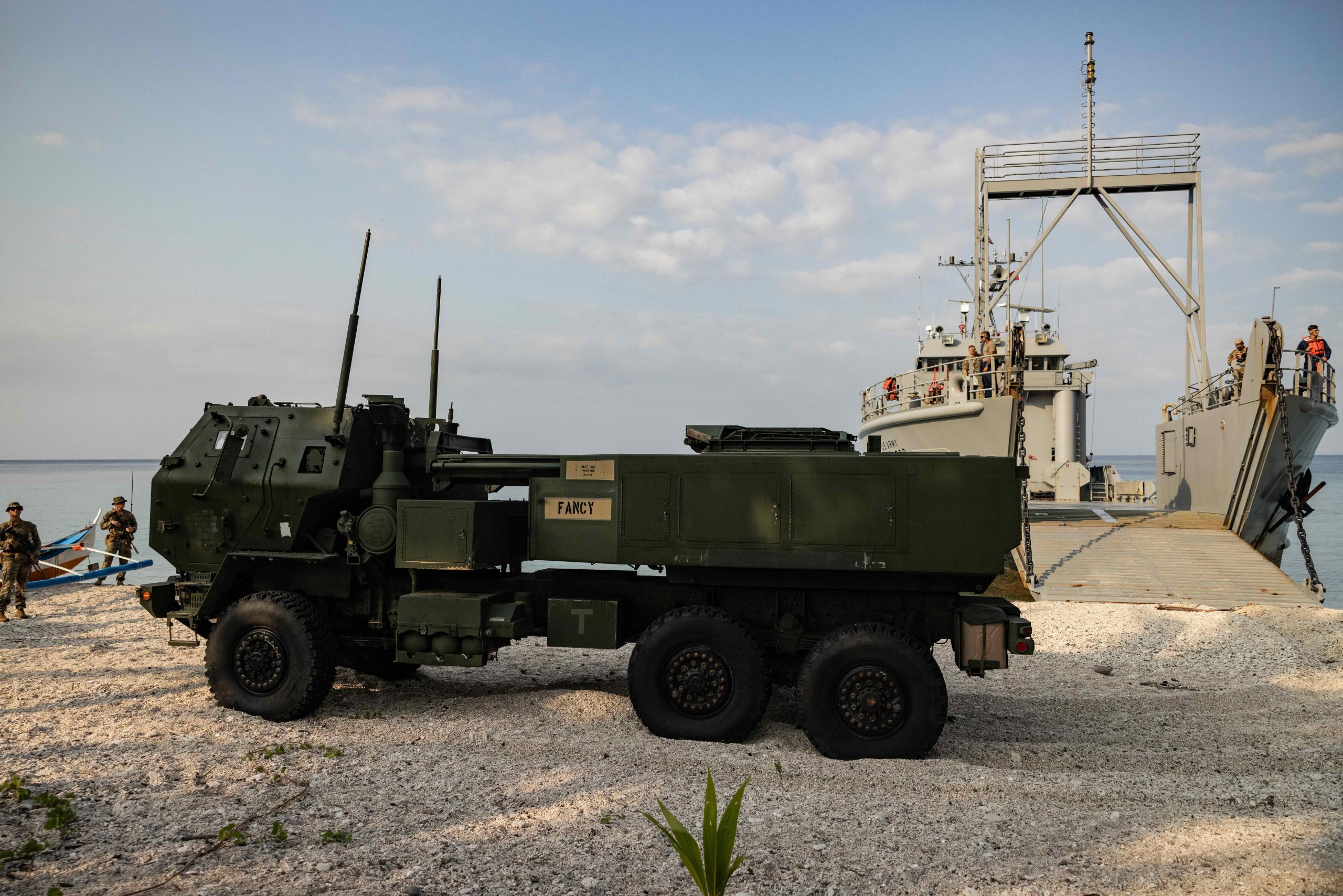
“Army watercraft give you a great option when it comes to maneuver as well as logistics. So, you know, throughout the region, they have the right draft and the capability to move anything that can fit on them into those locations. So experimenting with how the MDTF [multidomain task force] would maneuver is something that we did in Balikatan,” Helwig said.
“Both are closely aligned, but allow us to kinda look at all of those capabilities and how we would put our watercraft into that to support the joint force.”
Helwig said regional ground forces have had a “realization” of the importance of having watercraft, and are looking at the Army’s fleet as a result.
“They’re very interested in watercraft. In fact, I think both Australia and Japan are pursuing similar capabilities. When I visit the various countries, one of the main points of interest is how our watercraft operate. So I think that across the region, there’s sort of a realization that that’s an important capability and several armies are looking at what we end up doing before that.”
Last month, the Australian Army released its plans for a major reorganization, which included creating littoral lift groups. By March 2025, Japan plans to set up a joint Japan Ground and Maritime Self-Defense Force amphibious unit.
Meanwhile, the Navy and Marine Corps are preparing to procure the landing ship medium (LSM). In contrast to the Army’s logistics support vessels, the LSM will be tailor-made for the new Marine littoral regiments, which will use the vessels for island hopping and maneuver. In previous years, the Marine Corps and Army have had various exchanges around the latter’s watercraft. Helwig said this communication and told USNI News that he wants to “keep that conversation going” with the Marine Corps.
“It’s not a service parochial ‘you can’t see what we’re doing’ type of thing,” Helwig said regarding the exchanges with the Marines on the Army’s fleet.
Upcoming Experimentation

Helwig updated USNI News on the maneuver support vessel (light, MSV-L), with U.S. Army Pacific requesting deployment of the prototype to the Indo-Pacific by the summer 2024, so the watercraft could participate in exercises in the region.
“What we’re asking the Army to do is bring [the MSV-L] to the Pacific to do some exercises in ’24 so we can see how it operates in this environment and use those experiences and that rehearsal for the development or requirement of it in the future iterations of that watercraft.”
During a media roundtable at AUSA, Helwig and U.S. Army Pacific Commander Gen. Charles Flynn emphasized the need to experiment in the region to inform future requirements for the service’s fleet.
Designed to replace the Vietnam-era landing craft mechanized, Mark 8, the MSV-L is 117 feet long and can transport a payload of 82 tons 360 nautical miles at 21 knots. The Army awarded Vigor Shipyard a contract in 2017 for the development and production of 36 MSV-Ls. While the first MSV-L was expected to be complete by 2020, with its keel laid in 2019, the prototype was completed and delivered two years later. A production cost increase reportedly has the Army reevaluating how many MSV-Ls it can procure. At the moment, the Army’s goal for the program is delivery of 13 MSV-Ls.
The Army also plans to procure the maneuver support vessel (heavy, MSV-H), which will replace the LSVs. While the MSV-H’s specifications are not yet known, the Army has hinted that the vessel may be up to 400 feet long.
Helwig also highlighted other avenues of watercraft experimentation being examined by the Army, including using offshore support vessels and autonomous capabilities.
“We’re also talking about offshore support vessels and commercial capabilities below what TRANSCOM and MSC use and how do we experiment with that in this theater. We know that a lot of commercial companies use both unmanned, autonomous, and semi-autonomous capabilities, so we’ll continue to look at some of those options out there and provide feedback to the Futures Command on how we think that would operate in our environment,” he said.
Army watercraft and causeway capabilities play a major role by acting as ship-to-shore connectors, facilitating the transfer of supplies and vehicles from larger Military Sealift Command ships to areas without or with limited port facilities.
Helwig said autonomous and semiautonomous capabilities would take time to field and that having these watercraft out in the Indo-Pacific is crucial for feedback.
When asked if he thinks that the Army fleet will expand to meet the service’s and joint force’s requirements in the Indo-Pacific, Helwig said that 8th TSC “certainly broadcast that demand to the Army.”
“We highlight where we see the requirements in the theater and then reinforce that through the COCOM, and then I think the Army is responding to that understanding. What does that look like? I don’t know, but I do think that there’s definitely increased awareness of the need and we’ll see how that plays out,” he said.


